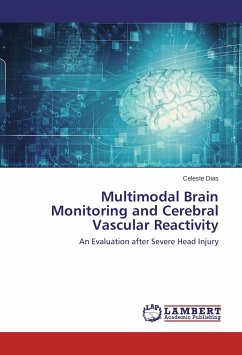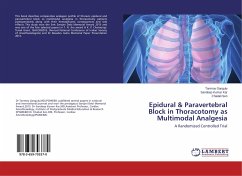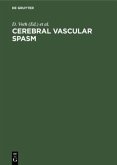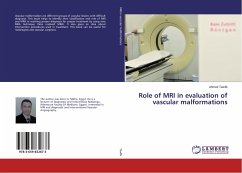The organization of a modern Neurocritical Care Unit with complex monitoring and computerized data collection provides a unique environment of neural bioinformatics and an opportunity to study pathophysiological mechanisms of acute brain lesion and the effect of treatment, as in a clinical laboratory. Multimodal Brain Monitoring with advanced techniques assessing cerebrovascular reactivity, brain oxygenation and chemistry and cerebral blood flow allow a real-time definition of physiologic end points that may be used to customize goal-directed therapy and contribute to improving outcome from severe traumatic brain injury (TBI). This complexity requires a multidisciplinary approach, therefore the book has three dimensions: population, methodological and clinical. The methodological section includes a systematic review of brain monitoring, neurocritical care bioinformatics and cerebrovascular reactivity evaluation at the bedside. The clinical section included a prospective study where the relevance of multimodal brain monitoring, targeting "optimal CPP" and early recognition of brain and systemic phenomenon responsible for secondary injury was investigated.
Bitte wählen Sie Ihr Anliegen aus.
Rechnungen
Retourenschein anfordern
Bestellstatus
Storno








